Marco Parusso can be described as a non-traditionalist, a modernista, a man who never followed the rules, or has plain lost his mind. His vinification methods can be described as revolutionary or mad, depending on who you are asking. Marco does not shy away from oxygen but tries to incorporate oxygen throughout the whole wine making process. For example, whole bunches are harvested and then aged in a temperature and humidity controlled room for 5 to 7 days. Parusso states the stems don’t age until they are picked off the vine. This removes the green flavours from the stems but also incorporates a natural micro-oxygenation as the stems pick up oxygen which in turn is released during fermentation and maceration. Genius, scientist, or a man trying to tame the harsh Nebbiolo grape without waiting 15 years to consume the wines?
This leads to his next mad scientist wine – a 100% sparkling Nebbiolo from one of the top Barolo crus, Bussia. Bussia is located in the district of Monforte d’Alba and is considered the ‘classico’ region of the five communes. The wines have more power, structure, and take the longest to age.
Grapes are harvested in the middle of September. They are held in temperature and humidity controlled rooms to rest and meet best maturation (see above). The nebbiolo grapes are vinified as a white wine. Only 40% of the must is used, the best part called “Mosto Fiore”. The white nebbiolo is fermented using its own indigenous yeasts in part stainless steel and part oak and goes through periodical batonnage (it wouldn’t be a Parusso wine without some).
Next, the mad scientist Parusso is inspired from Methode Ancentral for secondary fermentation and dosage. Those nebbiolo grapes from Bussia vineyard are picked late harvest and the dried berries are pressed in Decemeber. This late harvest nebbiolo must is the only thing used for secondary fermentation and dosage. What does this mean? Methode Ancentral works on the idea that it’s not where it is fermented but with what type of sugars. For método champenoise sucrose sugar is added at both secondary fermentation and dosage. Ancentral only works with the natural fructose sugars. Marco believes this method, since it is the same as the base wine, provides more balance.
During the 35-month ageing process, each bottle is completely turned by hand upside down once monthly for full integration with the less and for added complexity. Then, the wine is degourged in February 2014 and the natural dosage is added. Again, the dosage is only the late harvest nebbiolo grape must dried and pressed. The slight orange tint to the wine comes solely from the dosage.
As a student of wine, Marco continues to twist my brain. He throws all the rules out the door and does what he thinks is best. After tasting all of his wines throughout many vintages, I can say, he knows what is best.
I honestly didn’t know what to expect tasting this wine. It could have been bad, or it could have been great. I appreciate originality, but the wine must still show up. It still has to be outstanding… and this one is. It has all the characteristics – balance, length, structure, concentration, and complexity. I think you’ll be seeing more Barolo sparkling wines. 10 years down the road, you can thank Armando Parusso.
The appearance is clear, pale, salmon in colour with fine bubbles.
The nose is clean, medium intense and youthful in character. The wine is really complexed with aromas of red apple, honeysuckle, red currant, watermelon, white flowers, dried herbs, lees,
One word describes this wine: Balance. The acidity is elevated (medium plus) and body is medium plus with a creamy mousse. There’s even a slight tannin up front to complete the mouthfeel. Aromas translate into the palate beautifully. Finish is extremely clean with the flavours lasting in the mouth way after the acidity wears off.

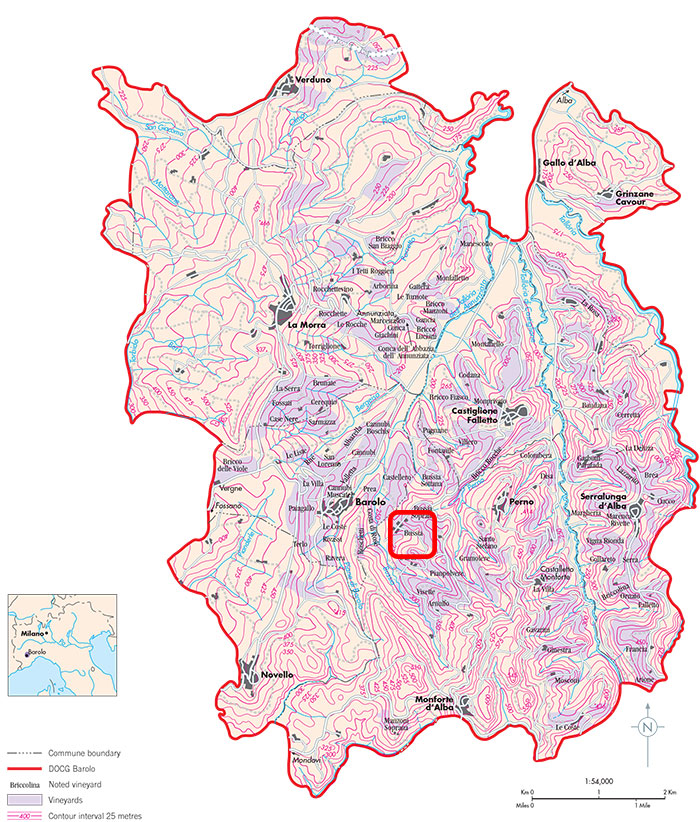
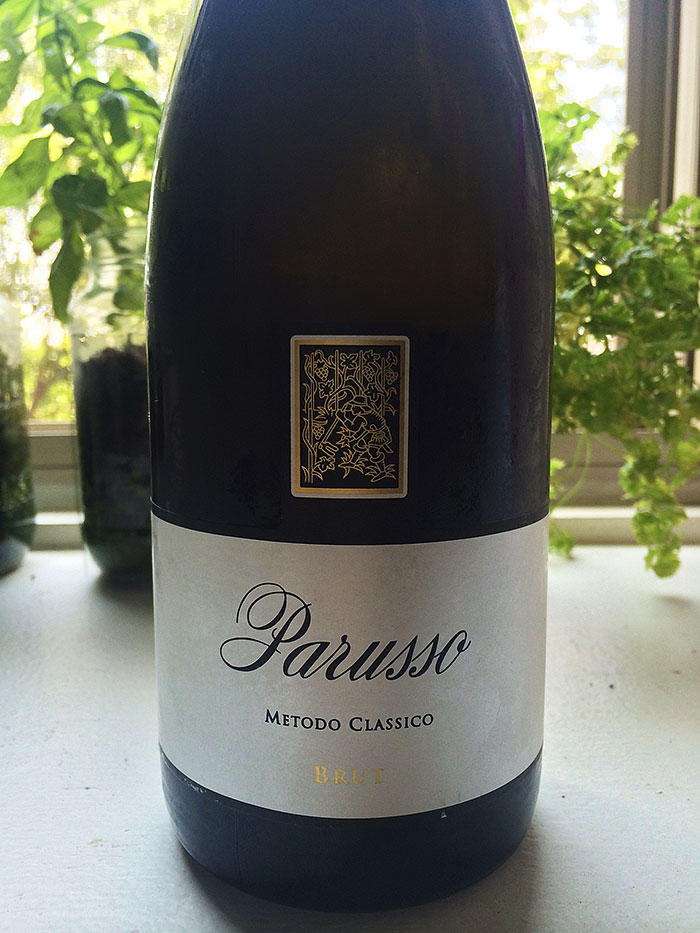
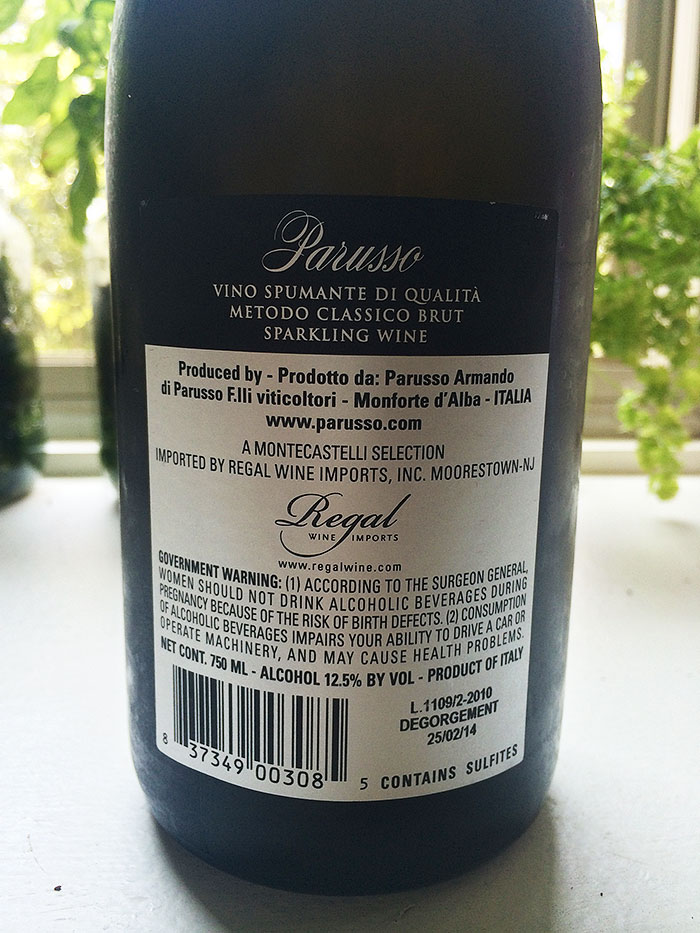
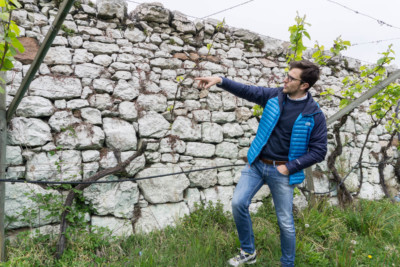

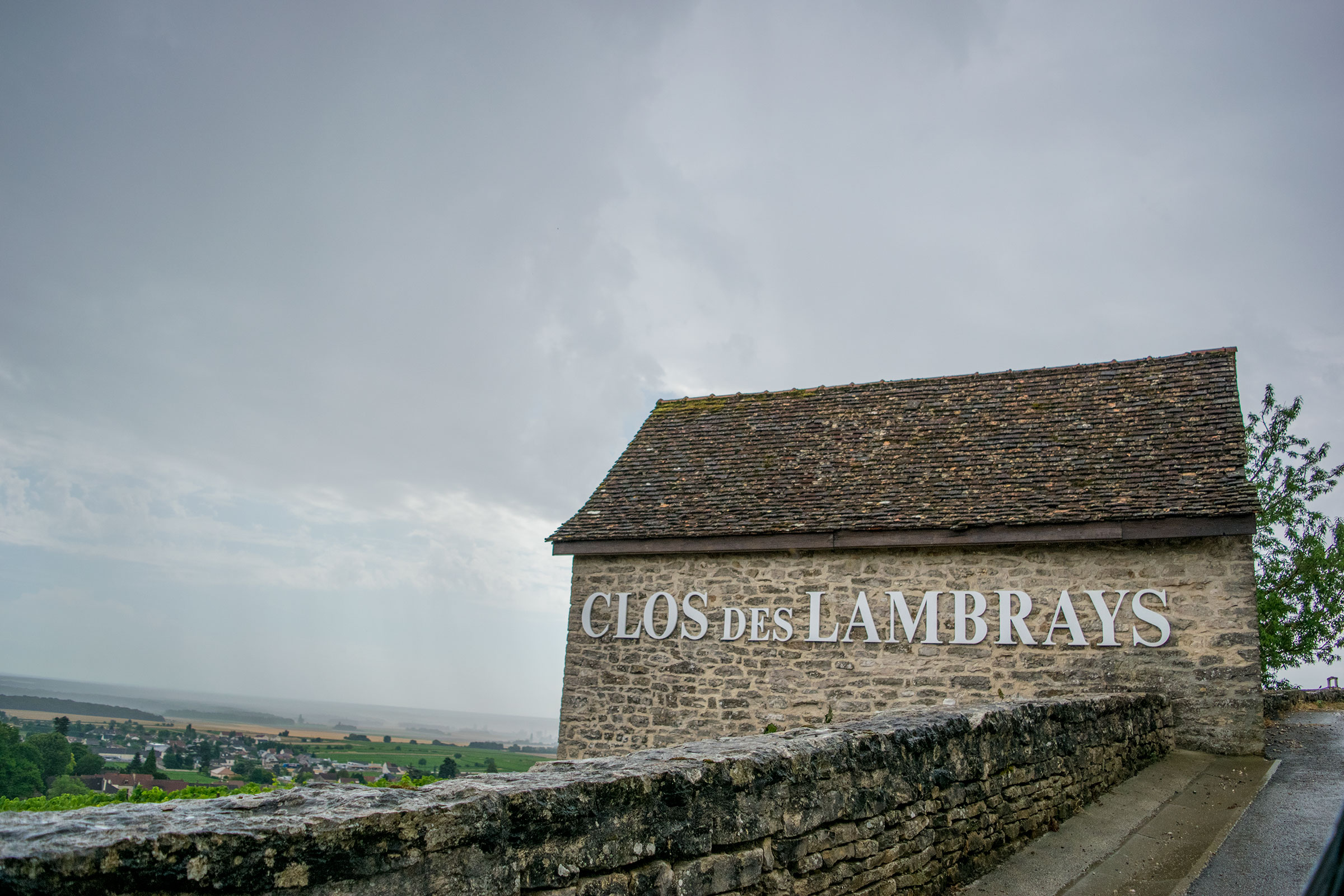
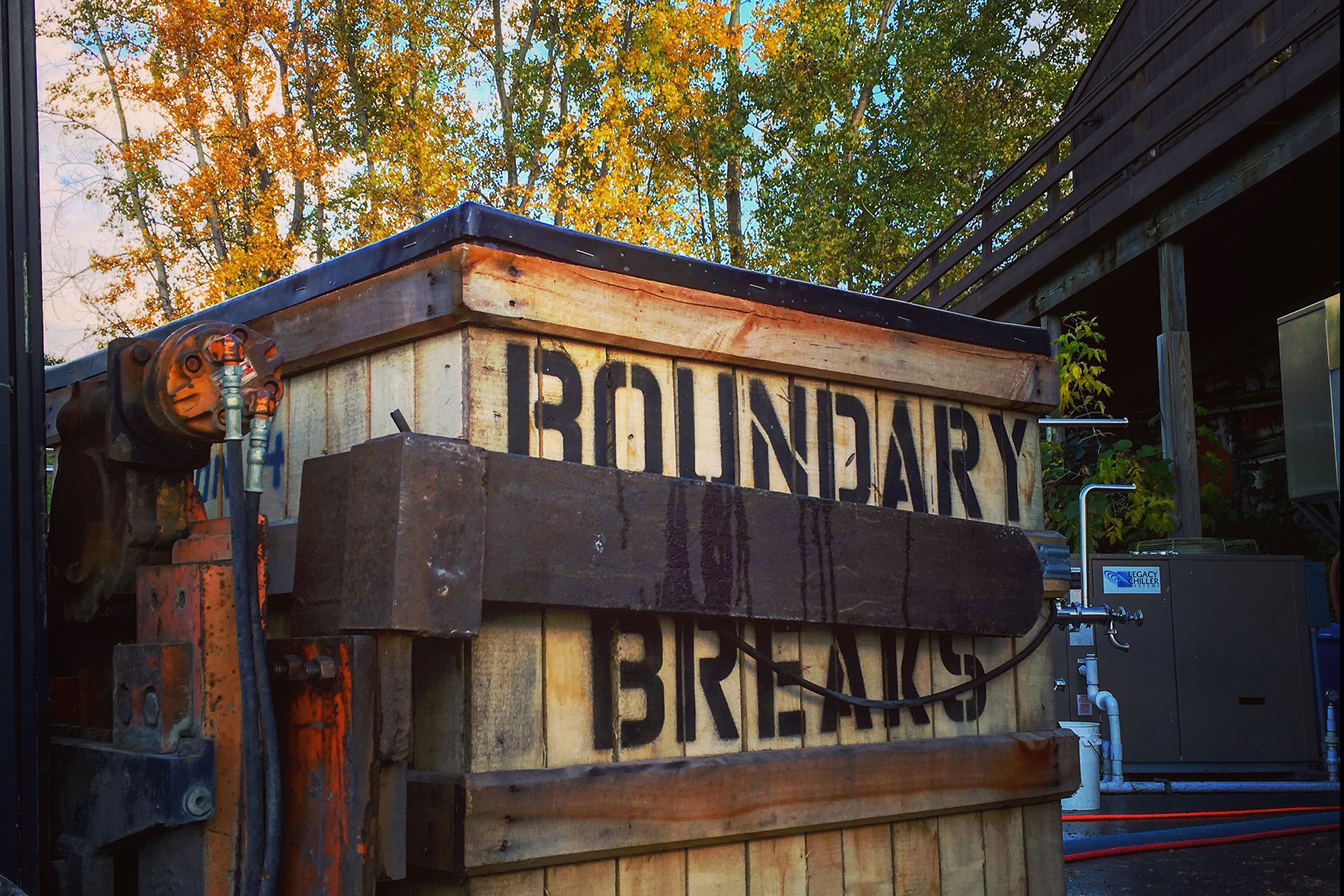
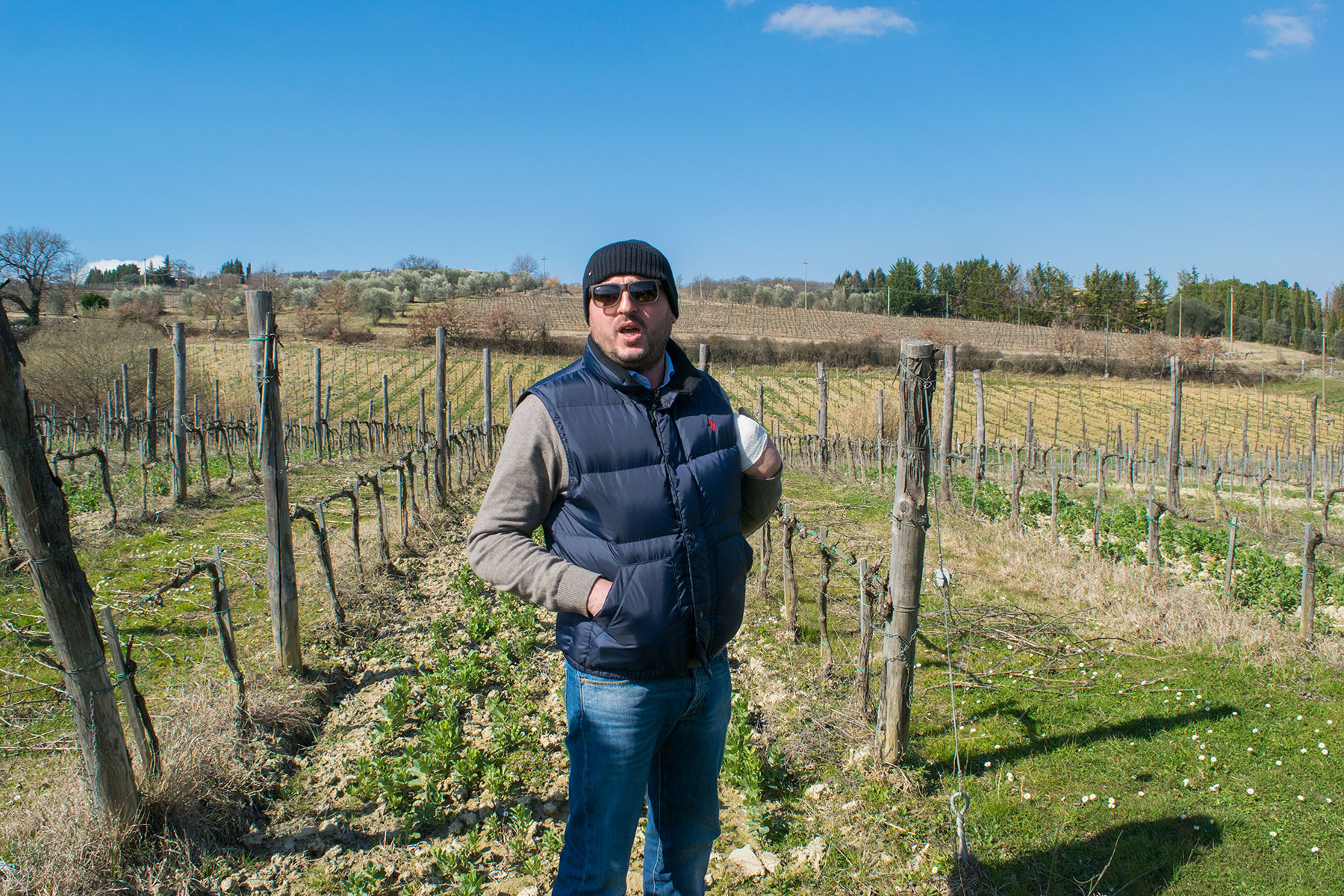
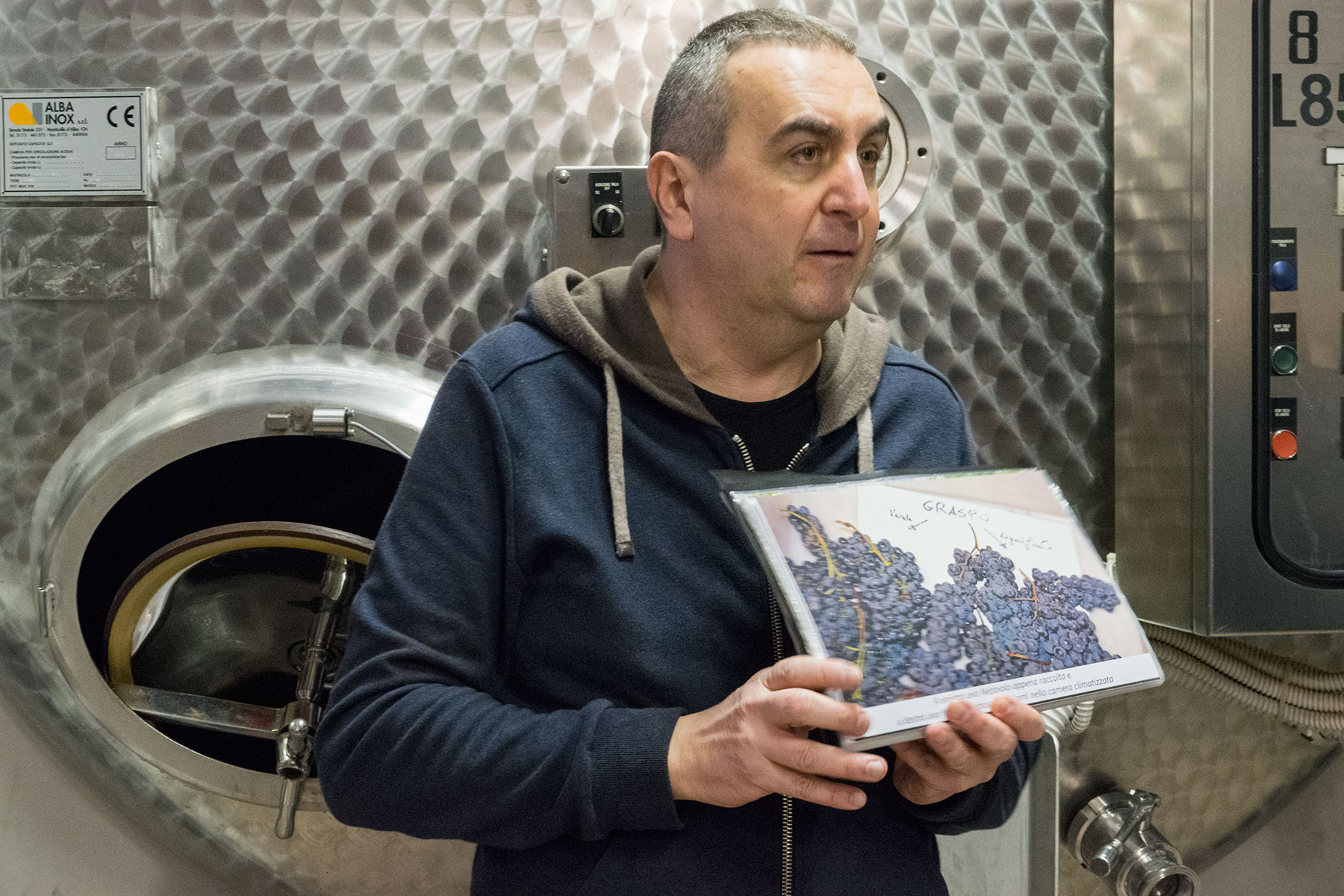
Leave A Comment
You must be logged in to post a comment.